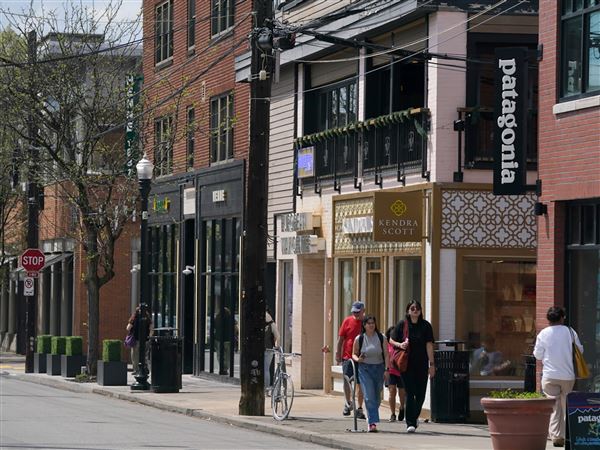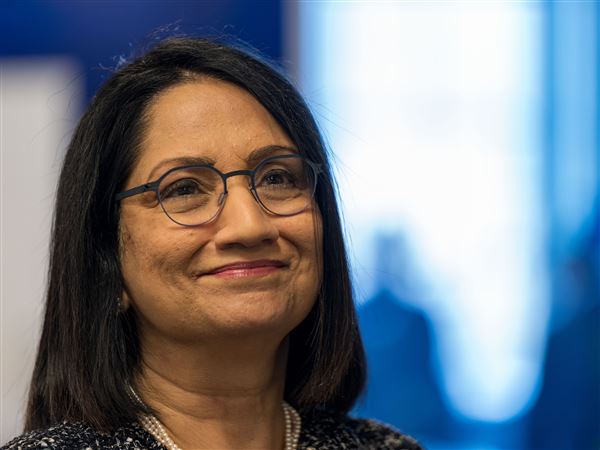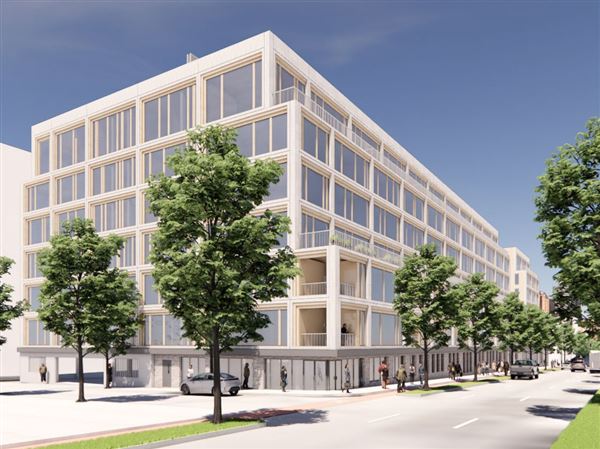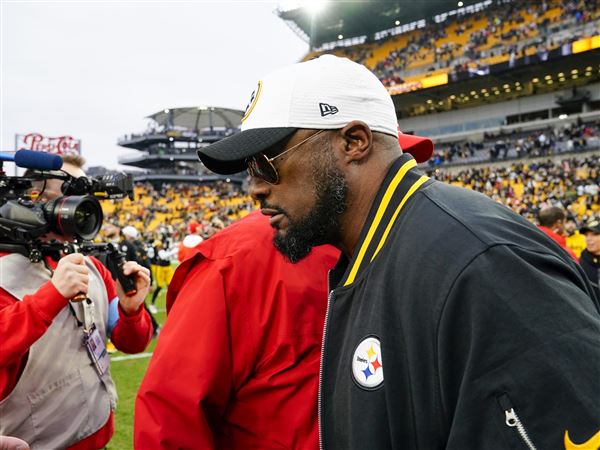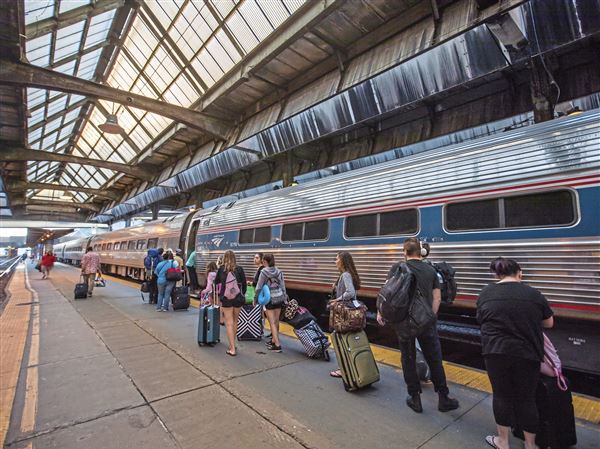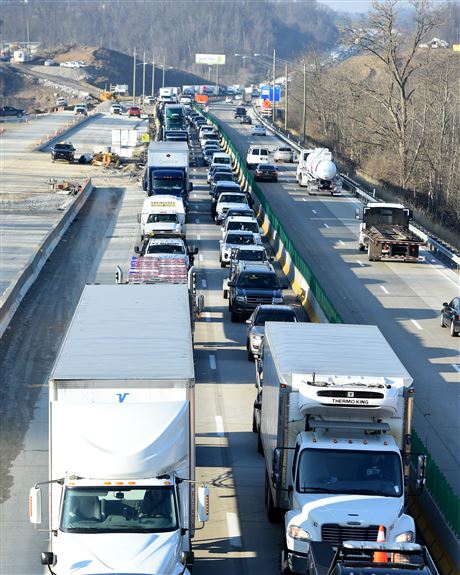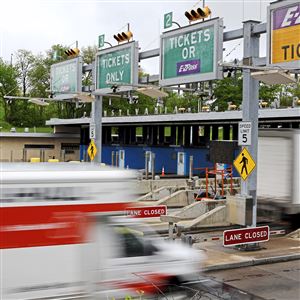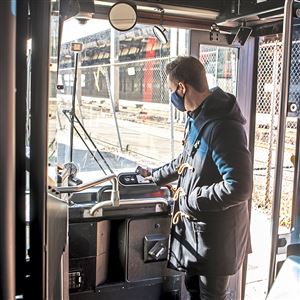The condition of Pennsylvania’s interstate highways isn’t as bad as some states, but when old roads and bridges are combined with the state’s transportation funding crisis, there is a major problem.
The ongoing legacy of late President Dwight D. Eisenhower’s interstate highway system reached its 65th anniversary Tuesday, and a study released by TRIP, a national transportation research nonprofit, reveals the system is showing its age. The 38-page report released Tuesday called “America’s Interstate Highway System at 65: Meeting America’s Transportation Needs with a Reliable, Safe & Well-Maintained National Highway Network” calls for increasing spending from $23 billion annually to $57 billion for the next 20 years to improve existing conditions and expand the capacity of the highway system.
The TRIP report comes as Vice President Kamala Harris visited Pittsburgh Monday to continue to push the Biden administration’s national infrastructure bill. The administration wants to spend more than $2 trillion on roads, bridges, broadband, schools and other public projects, but Republicans want direct spending only on traditional infrastructure such as roads and bridges.
Overall, the physical condition of Pennsylvania’s interstates doesn’t grade very well. For example, 60% of the state’s interstate bridges are more than 50 years old, compared to 54% across the country, 4% are in poor condition (3% nationally) and 68% in fair condition (57%). The condition of the road surface is considered poor on 5% of the state’s interstates, compared to 3% nationally.
The state fares better in driving conditions, where 27% of its urban interstates are considered congested in rush hours (47% nationally) and the fatality rate per 100 million miles traveled is 0.36 (0.55 nationally).
The need for additional interstate funding in Pennsylvania isn’t a surprise, but it comes at a difficult time for transportation funding in the state.
In February, the state Department of Transportation revealed it would shift $3.15 billion from work on local roads to work on interstates through 2028. The department said the shift was needed so federal officials wouldn’t cut the state’s federal funds if it determined the state wasn’t properly maintaining federal roads.
The state also is faced with how to fund public transit because a requirement for the state Turnpike Commission to contribute $450 million a year is scheduled to be reduced to $50 million in July 2022. The commission doesn’t want to see that requirement extended because it is more than $14 billion in debt, largely due to borrowing money to pay for transit.
In addition, traffic reductions during the pandemic resulted in a decrease of an estimated $500 million in gasoline taxes used to fund road improvements.
Gov. Tom Wolf has appointed a special commission to make recommendations for changing transportation funding. Its report is expected in early August.
The TRIP report claims the United States needs to spend $124 billion to eliminate the backlog of improvements needed on the interstate system. That includes $54 billion to improve the condition of the road surface, $37 billion to improve or replace bridges and $33 billion to add more lanes to the existing interstate highways.
Growing the capacity of the system is a key element, the report said. From 2000 to 2019, traffic on interstate highways has increased 26%, nearly three times more than capacity increased during that time.
As a result, nearly 47% of highways in urban areas are considered congested during rush hours. Delays caused by highway conditions add $75 billion a year to the cost of freight, the head of the American Trucking Association said in a news release.
Ed Mortimer, vice president for transportation infrastructure for the U.S. Chamber of Commerce, said highways that were once the envy of the world are now “in serious need of modernization.”
The interstate system needs the same long-term vision Eisenhower showed 65 years ago, said TRIP Executive Director Dave Kearby.
“A modernized interstate system will be critical to the nation’s ability to fully recover from the COVID-19 pandemic and will require adequate investment in a federal surface transportation program that provides states and local governments the funding and flexibility they will need to restore the nation’s most critical transportation link,” he said.
Ed Blazina: eblazina@post-gazette.com, 412-263-1470 or on Twitter @EdBlazina.
First Published: June 22, 2021, 2:02 a.m.
